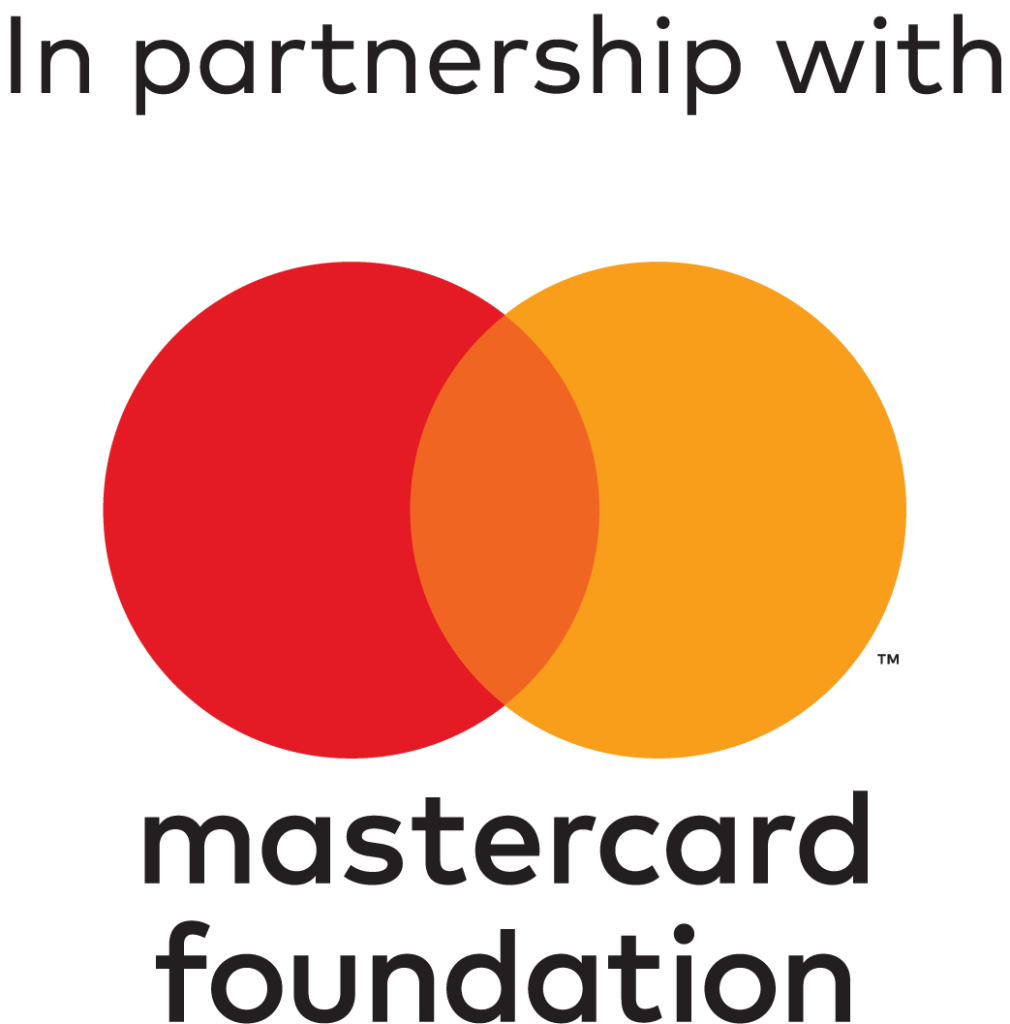Every June 16th, the Day of the African Child invites us to remember the students of the 1976 Soweto Uprising and to reflect on how far we’ve come in protecting and empowering Africa’s children. But remembering alone is no longer enough. In a continent increasingly shaped by digital platforms, the question is no longer just one of access but one of accountability.
With over 175,950 learners reached—52% female learners and 48% male students—by 16 EdTech startups through the Mastercard Foundation EdTech Fellowship at CcHUB, we are witnessing a new era in educational inclusion. These numbers represent a shift in who gets to learn, where, and how. Yet even this progress comes with an urgent demand: innovation must not outpace protection.
Children Are the End Users Too. Let’s Design Like It.
Children interact with digital tools daily — whether directly through learning apps or indirectly via platforms used by their parents, teachers, or communities. When these tools are not built with children in mind, the risks multiply:
- Manipulative design patterns
- Unfiltered, age-inappropriate content
- Exploitative data practices
- Exclusion of children with disabilities
Digital Equity ≠ Access Alone
The African Union’s Child Online Safety and Empowerment Policy (2024) and UNICEF’s Childhood in a Digital World (2025) report both highlight a critical truth: access without trust is exclusion by another name. Real equity requires:
- Tools that support safe, inclusive user journeys
- Child impact assessments embedded into development cycles
- Data policies that treat children as rights-holders, not just users
16 Startups. One Shared Responsibility.
Startups like Edutams, Gradely, Qataloog and Vinsighte are proving that it’s possible to centre quality education while scaling innovation. Whether it’s Vinsighte is promoting equal access to education by using AI technology to create an inclusive reading experience for children with visual impairments, ADHD, and dyslexia, publishing books in African languages, making high-quality, curriculum-relevant learning materials affordable and easily accessible — these innovators are rewriting the script.
They remind us that every user journey begins with a design decision. The question is whether that decision includes the child.
From Commemoration to Commitment
The theme of this year’s Day of the African Child: “Planning and Budgeting for Children’s Rights: Progress Since 2010” is a product challenge. What would budgeting for children’s digital rights look like in an African startup? How do we make safeguarding a feature, not a fix?
At CcHUB, we’re embedding these questions into how we support businesses. Through our, inclusive design workshops, and strategic product guidance, we’re ensuring that tech for education is also tech for protection.
What Happens After June 16th Matters More
Commemoration is a start. But the real work begins in design sprints, investor meetings, and feature releases. If we’re serious about building for Africa’s future, we must ask the harder question:
What would it look like to build as if every user was a child?
CcHUB’s Open Call to the Ecosystem:
- Design with Dignity. Centre children’s realities, not just market demands.
- Protect by Default. Make safeguarding integral, not optional.
- Build for Trust. Align product logic with the rights of the most vulnerable.
Key References
- UNICEF – Childhood in a Digital World: Growing Up Online in an Age of Misinformation, Exclusion and Automation (June 2025)
- African Union. (2024). Child Online Safety and Empowerment Policy. Adopted at the 44th Ordinary Session of the African Union Executive Council, Addis Ababa, Ethiopia. https://au.int/en/documents


